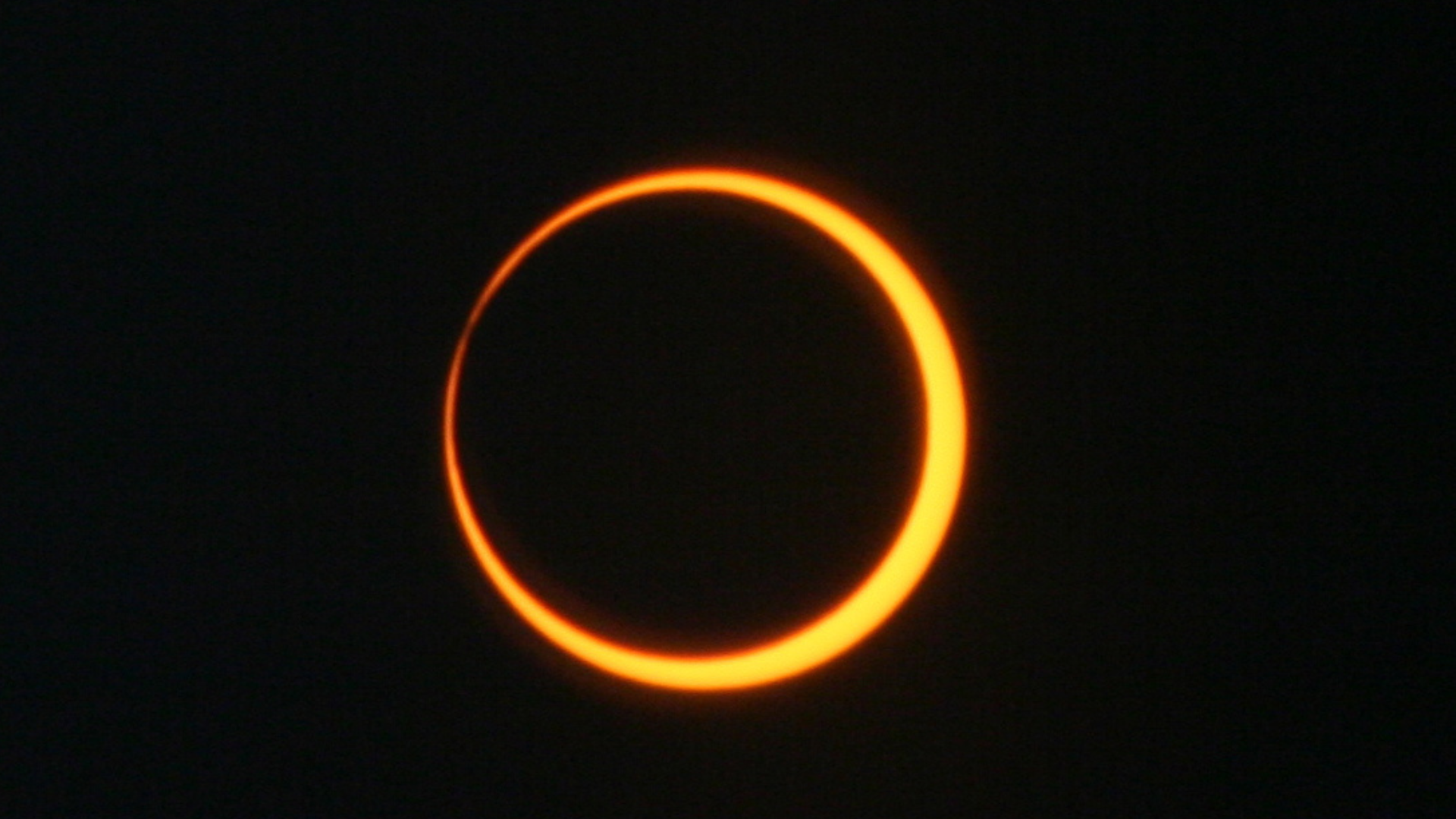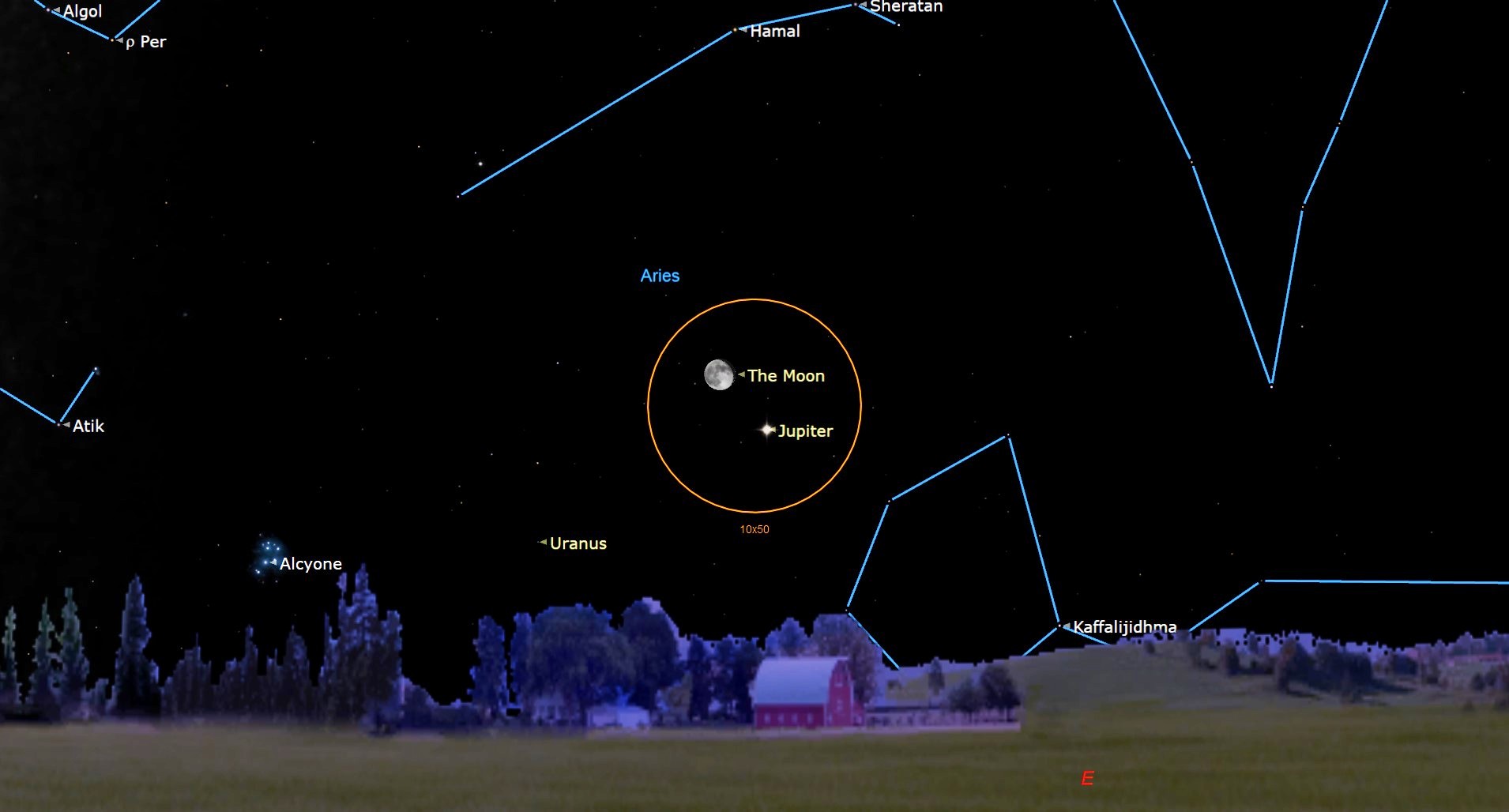
Joe Rao
Joe Rao is Space.com's skywatching columnist, as well as a veteran meteorologist and eclipse chaser who also serves as an instructor and guest lecturer at New York's Hayden Planetarium. He writes about astronomy for Natural History magazine, Sky & Telescope and other publications. Joe is an 8-time Emmy-nominated meteorologist who served the Putnam Valley region of New York for over 21 years. You can find him on Twitter and YouTube tracking lunar and solar eclipses, meteor showers and more. To find out Joe's latest project, visit him on Twitter.
Latest articles by Joe Rao
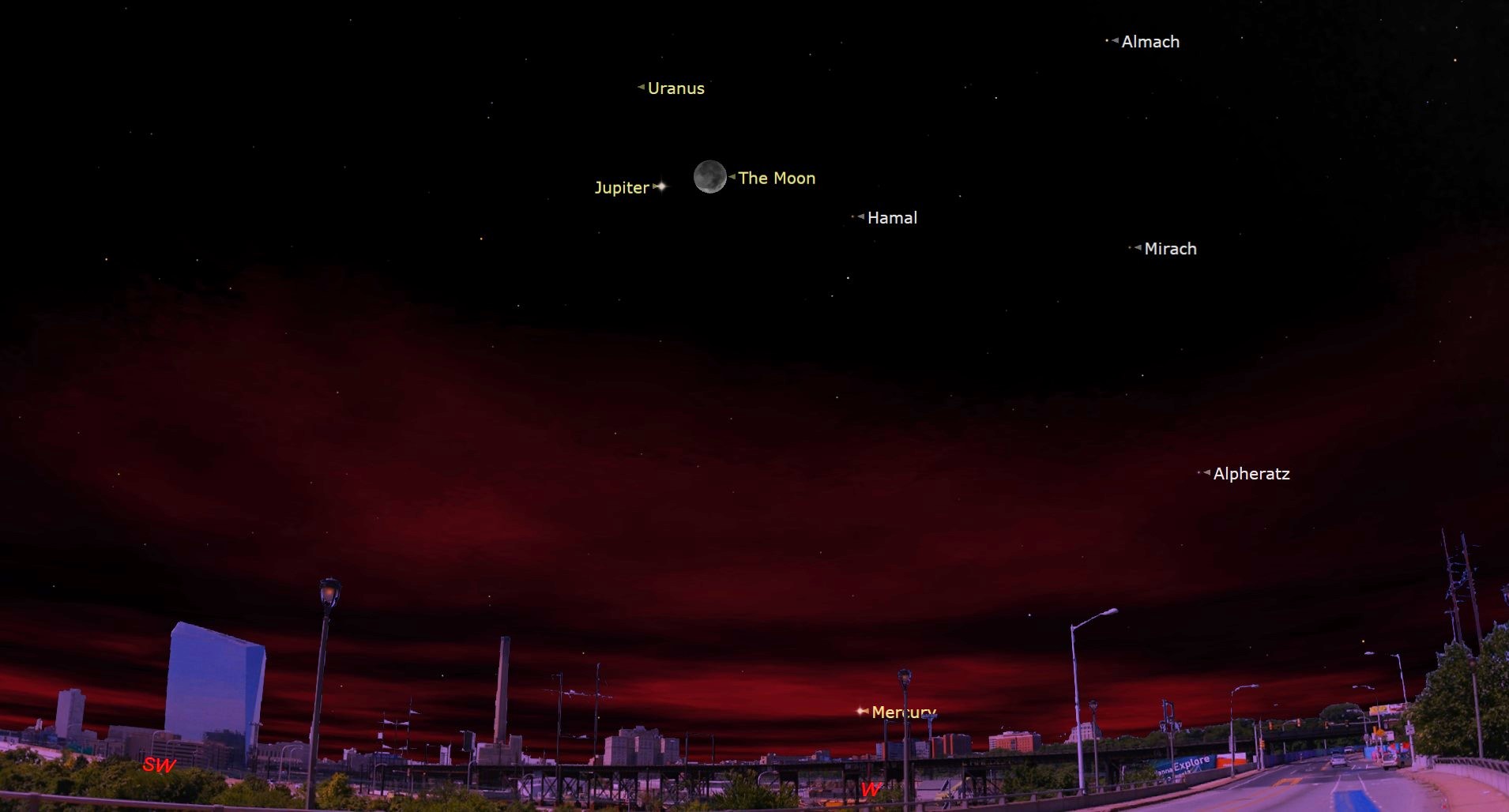
See the crescent moon and Jupiter meet up in the night sky March 13
By Joe Rao published
A waxing crescent moon and the solar system's largest planet Jupiter will meet up in the night sky on Wednesday, March 13.
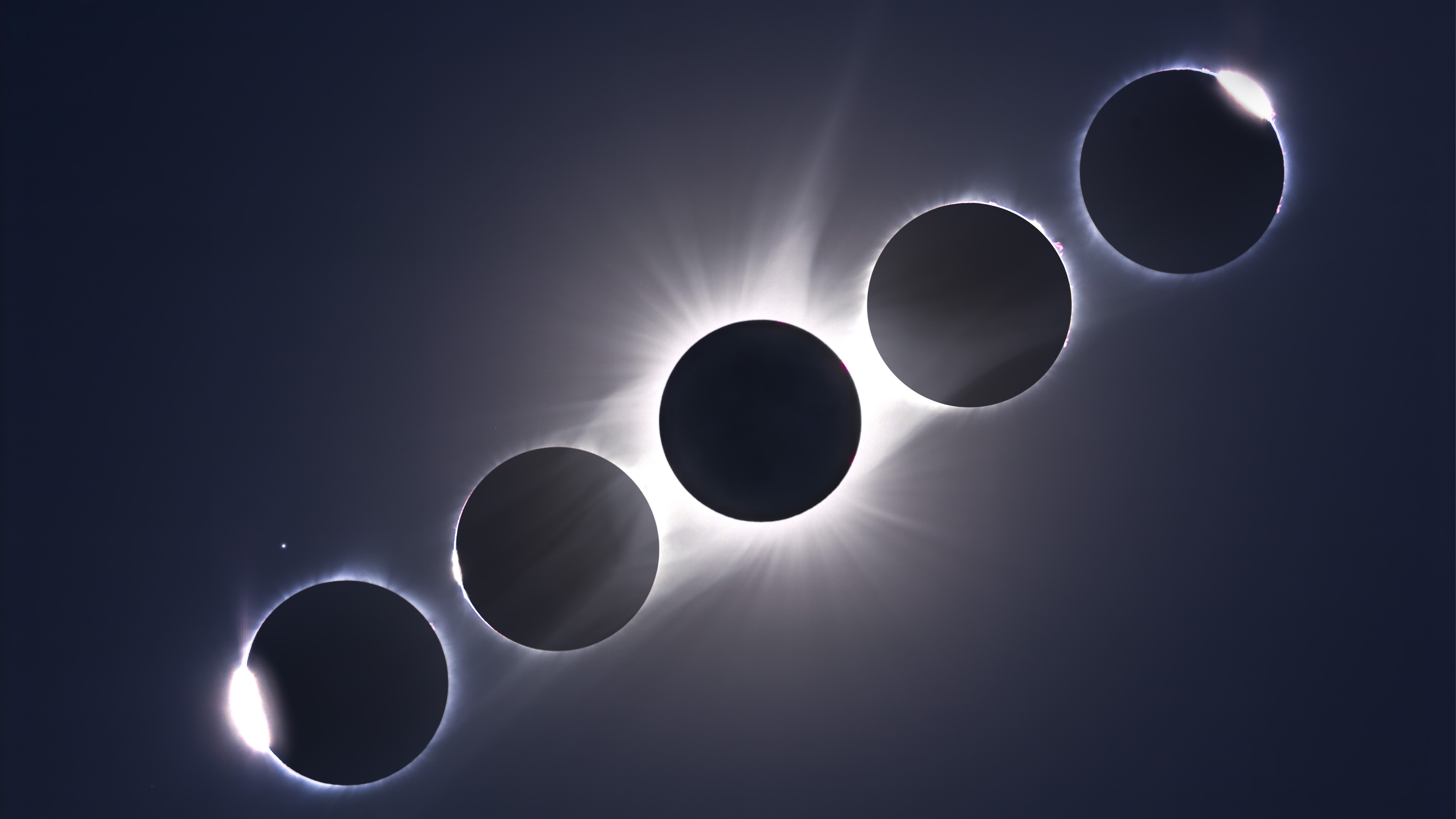
What will it be like to experience the total solar eclipse 2024?
By Joe Rao published
A total solar eclipse is the greatest show on Earth. Here's what to look for on April 8 to ensure you make the most of the total solar eclipse 2024.
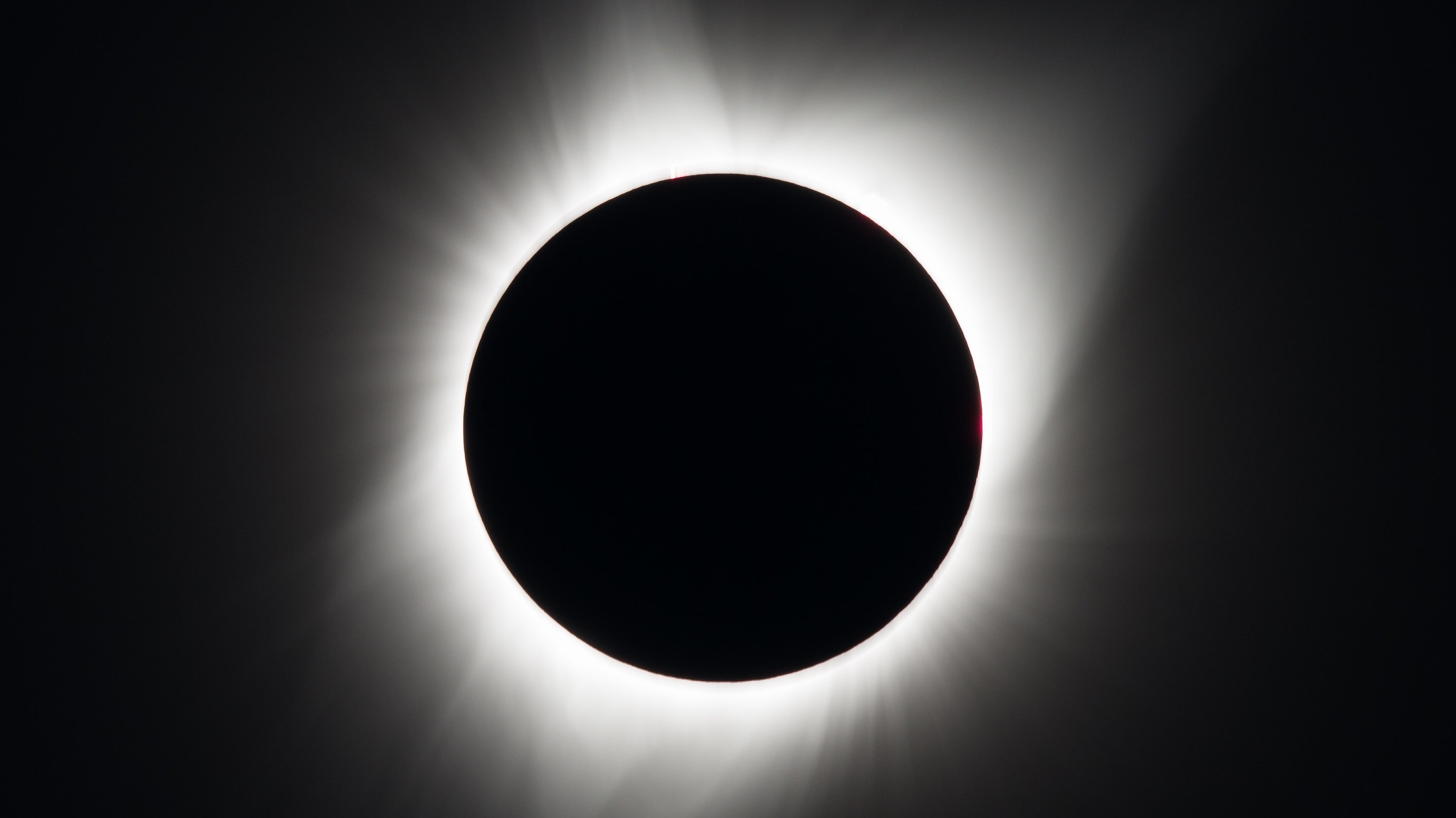
A chronology of the April 8 total solar eclipse
By Joe Rao published
Here we break down the entire chronology of the upcoming total solar eclipse on April 8, beginning one month out.
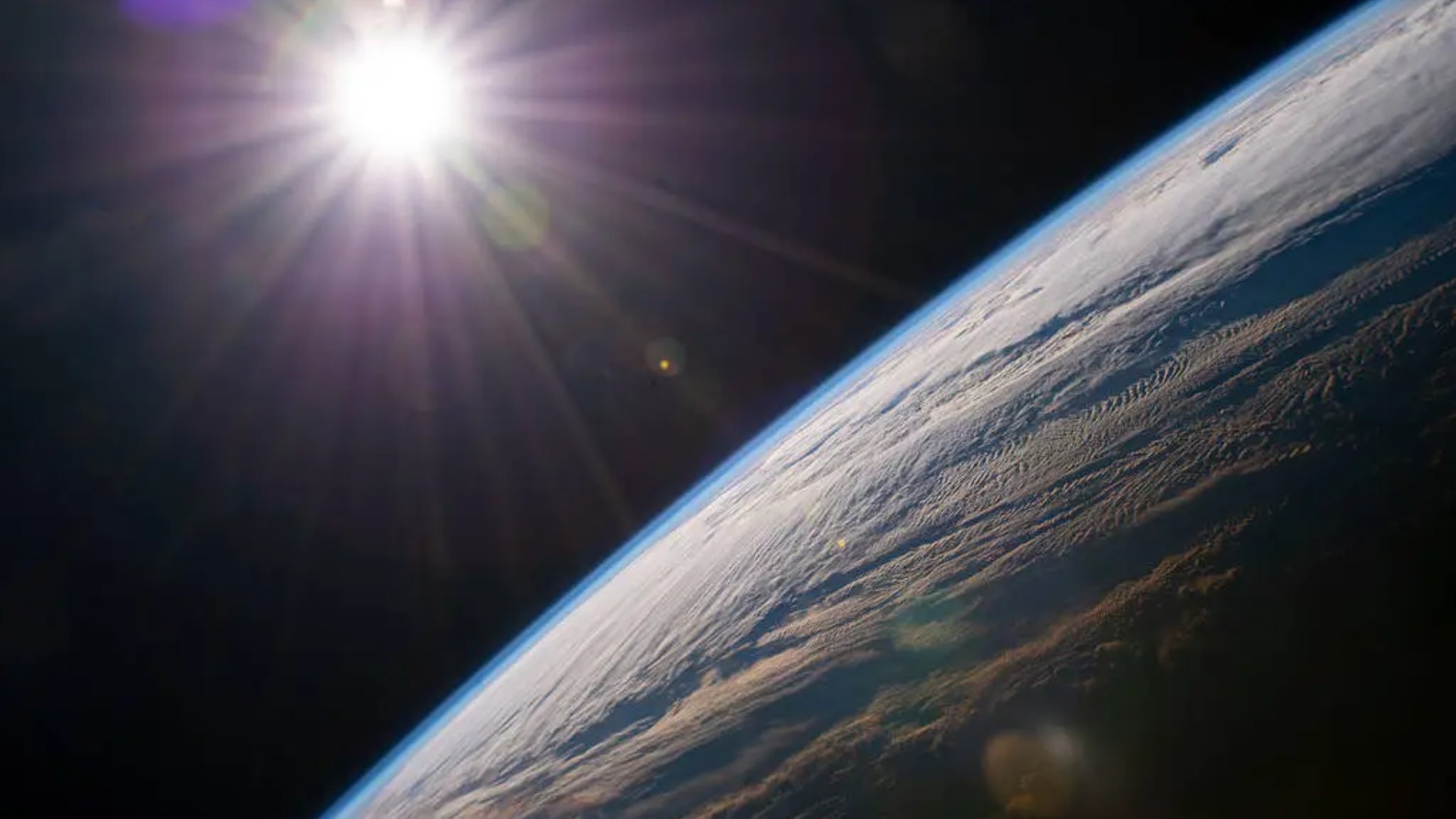
Leap Day: The story behind this quirky calendar event
By Joe Rao last updated
Thursday is Feb. 29 — the bissextle or "leap day," an artifact that dates back to the year 46 B.C. Find out how this calendar oddity came to be.

Total solar eclipse April 8, 2024: The longest and most visible for the US in 100 years
By Joe Rao published
The "Great North American Solar Eclipse" of April 8, 2024 will last longer and be more visible than any other total solar eclipses over the past century.

Shadow bands are a solar eclipse mystery (and not everyone sees them)
By Joe Rao last updated
Shadow bands may be the most unusual of the eerie phenomena that can accompany a solar eclipse. Here's what we do and don't know about them.
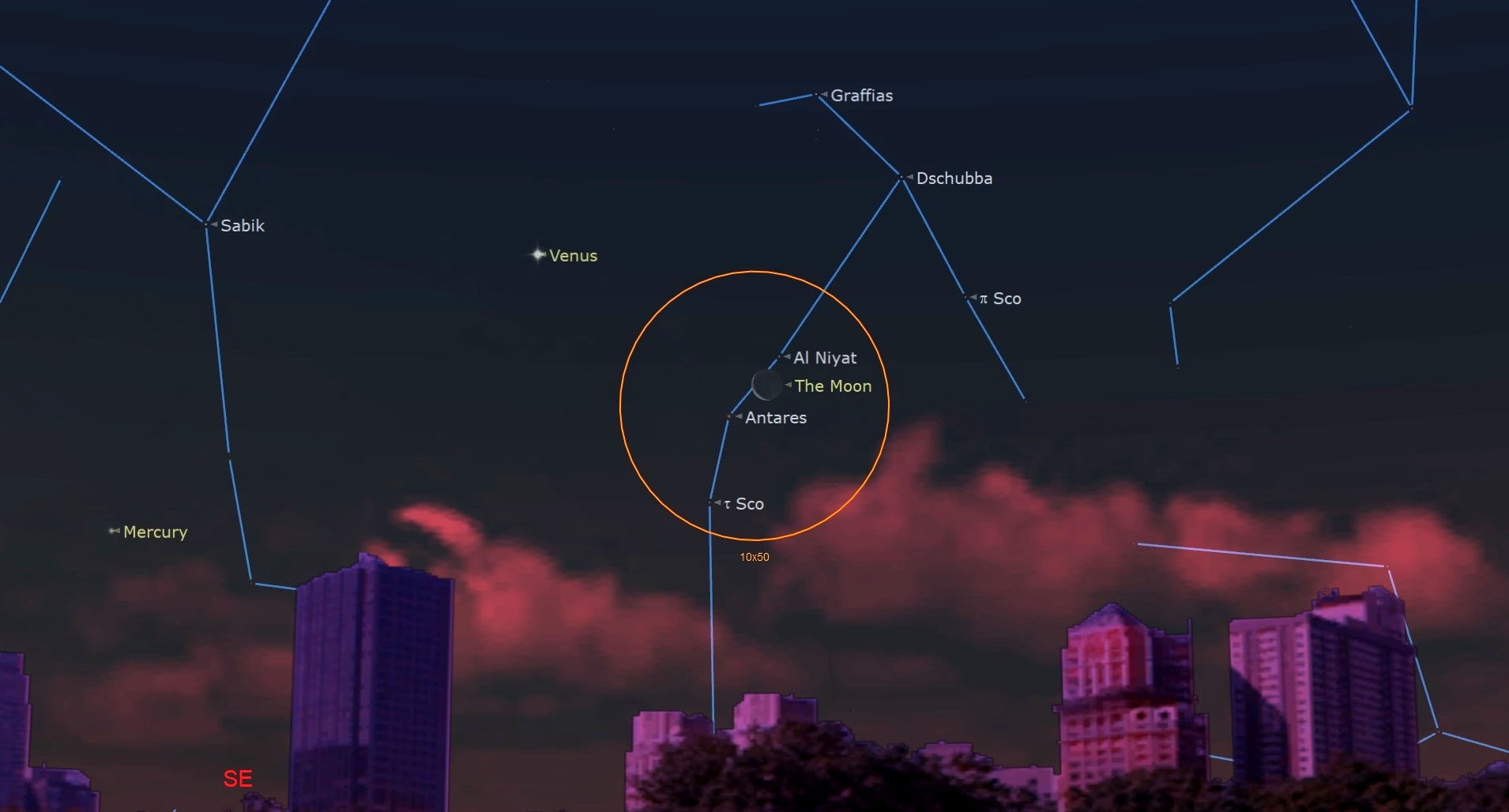
Watch red supergiant star Antares pass behind the moon early on Jan. 8
By Joe Rao published
On Monday, Jan. 8, the waning crescent moon will occult the 1st-magnitude red supergiant star Antares, one of the brightest stars in the sky.
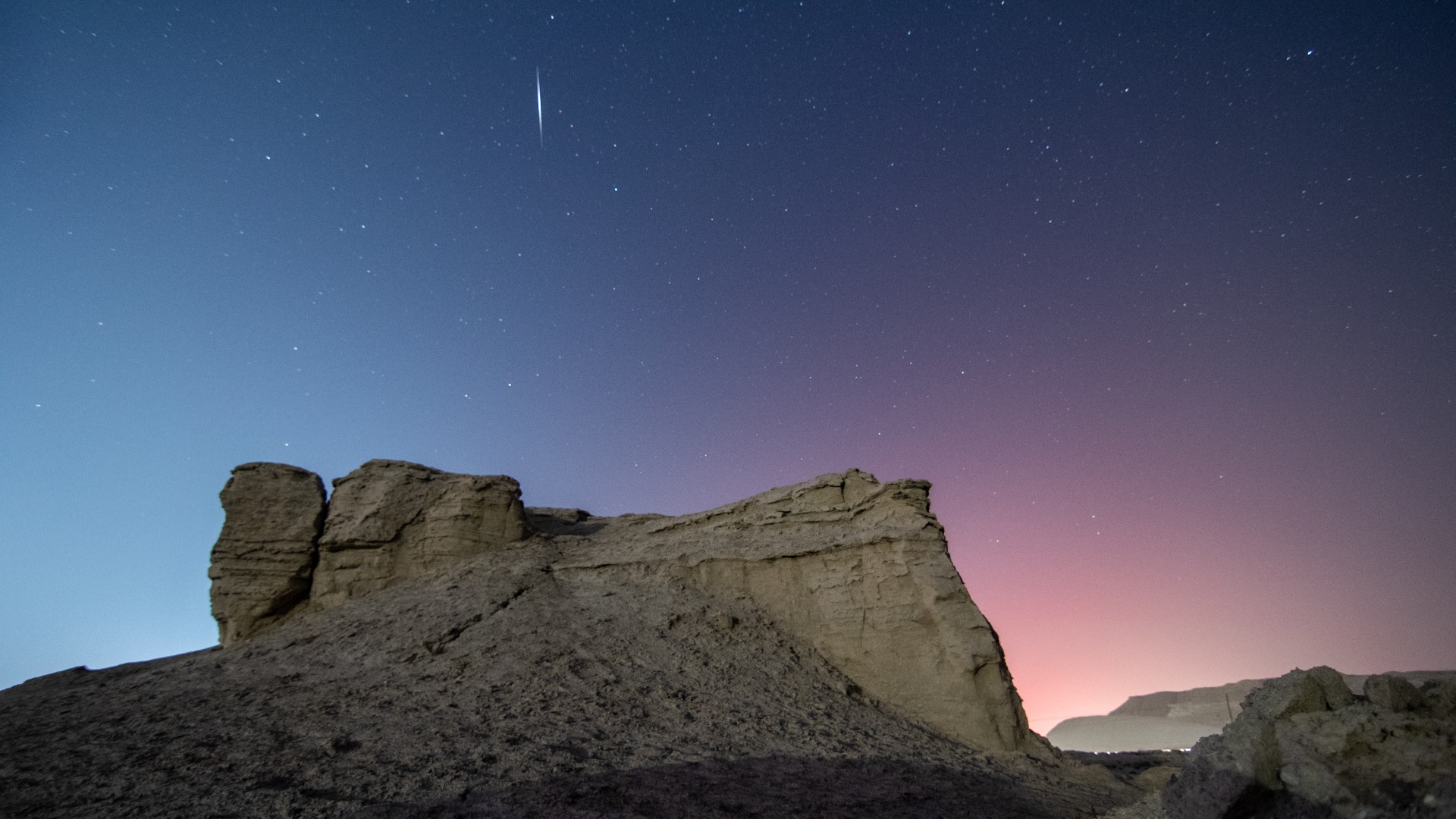
The Quadrantid meteor shower 2024 peaks tonight alongside a bright moon
By Joe Rao published
Early each January, the Quadrantid meteor stream provides one of the most intense annual meteor displays, but unfortunately, there's a stumbling block this year in the form of the moon

A guide to the solar system's planets in 2024
By Joe Rao published
This guide to the planets in our solar system will show you what to look out for in the sky in 2024.
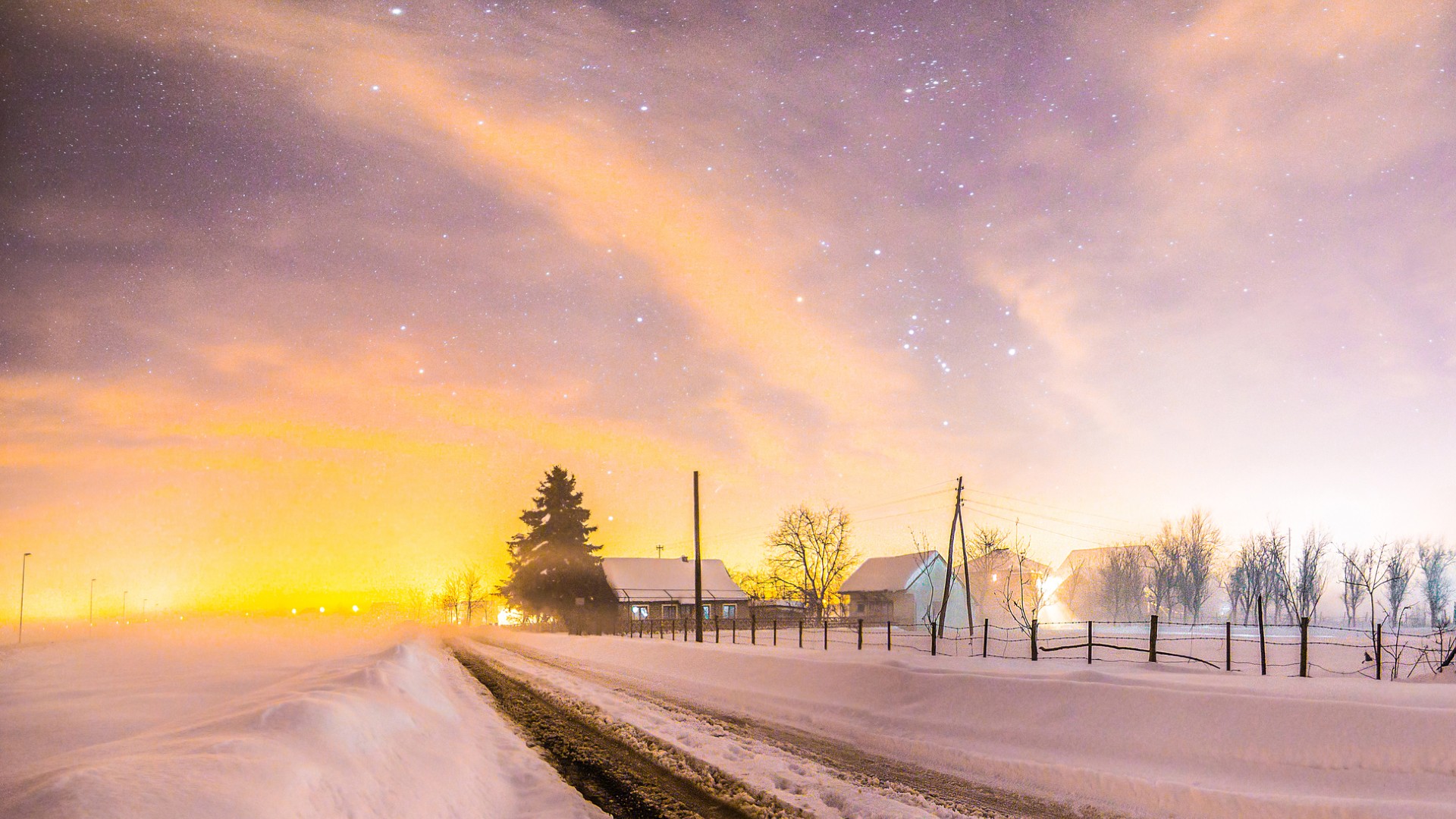
Winter solstice 2023 is here, bringing the longest night of the year to Northern Hemisphere
By Joe Rao published
Winter in the Northern Hemisphere will officially arrive tonight with the rays of the sun shining directly down on the Tropic of Capricorn.
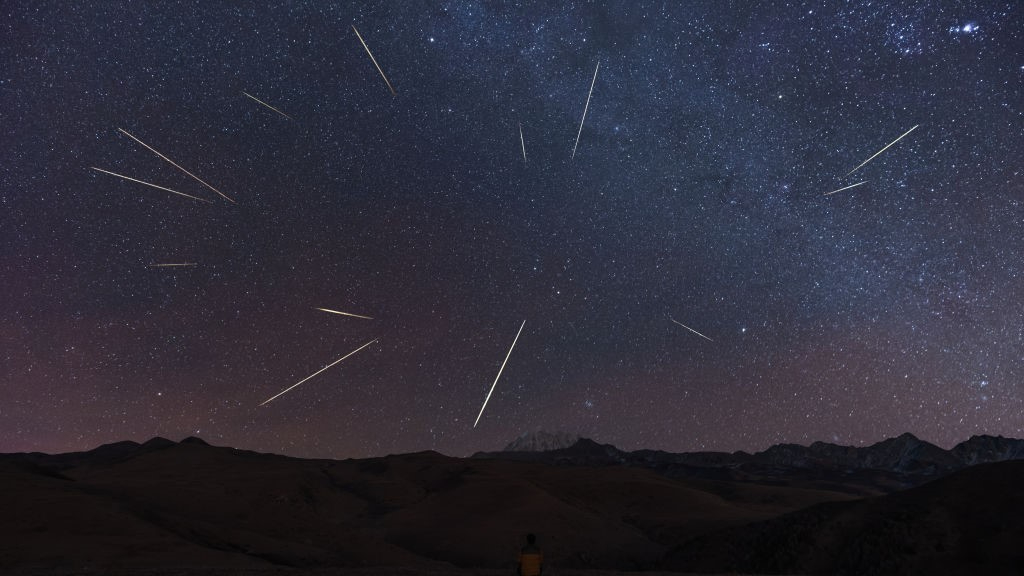
The Geminid meteor shower peaks tonight. Here's what weather you can expect in the US
By Joe Rao published
About half of the contiguous (48) states will have clear, starry skies — a perfect backdrop for watching this very best of the year's principal meteor displays, the Geminid Meteor Shower.
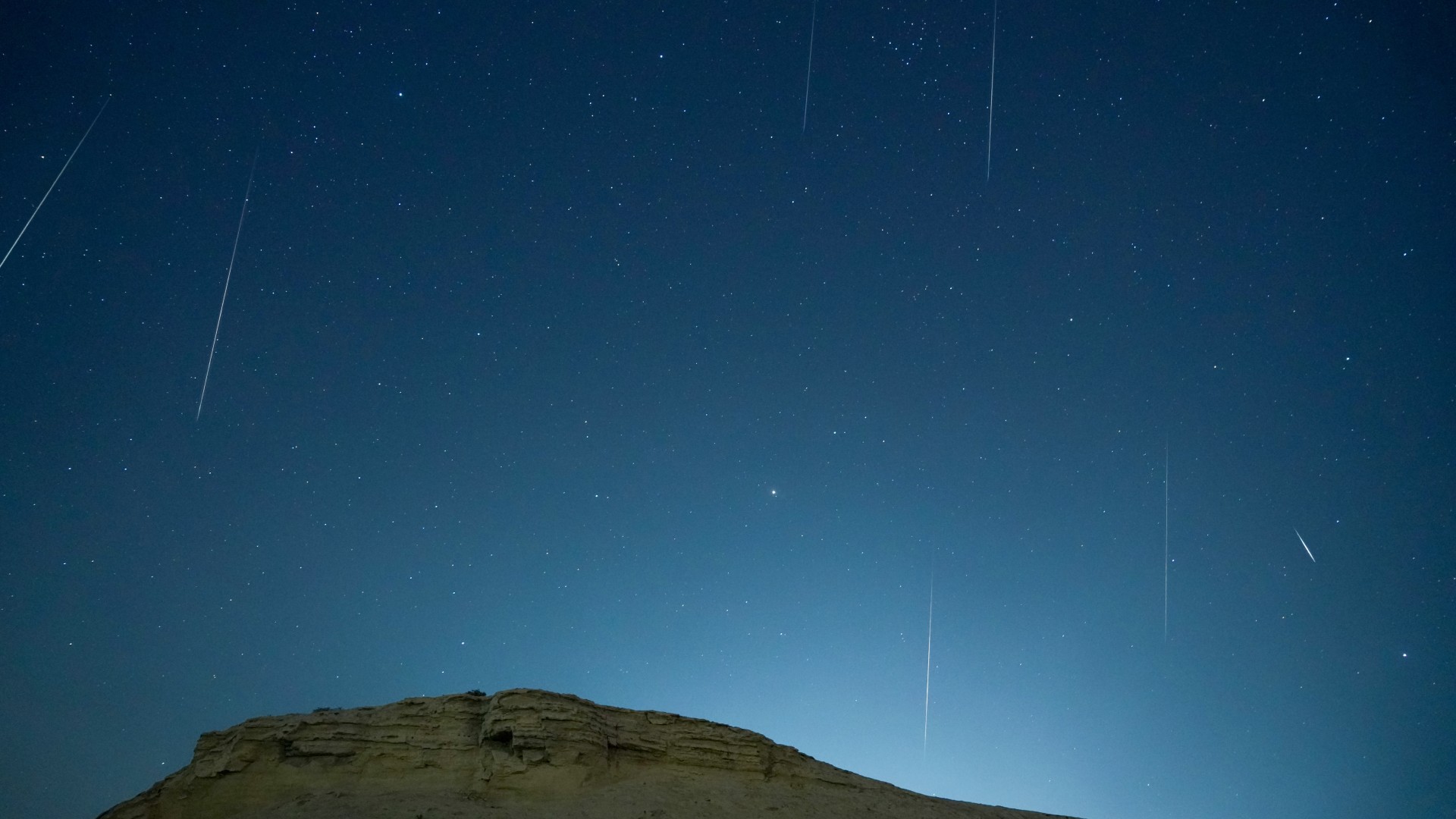
The Geminid meteor shower peaks this week. Don't miss the best 'shooting stars' of 2023
By Joe Rao published
The Geminid meteor shower reaches its peak on Dec. 13 and 14. Conditions look favorable for a spectacular display this year under the dark skies of a new moon.
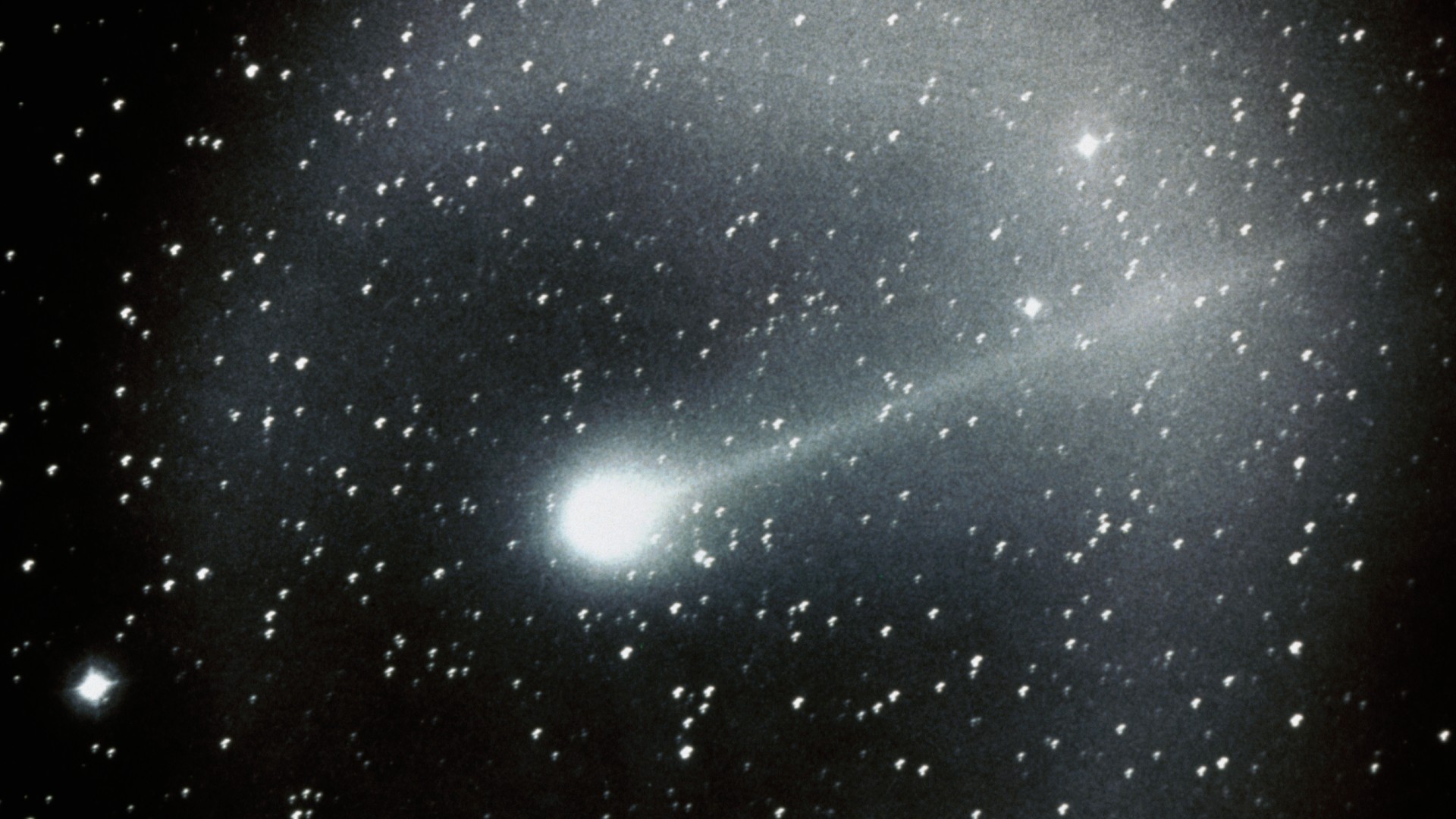
Halley's Comet begins its 38-year journey back toward Earth tonight
By Joe Rao published
On Friday, Dec. 8, Halley's Comet reaches its farthest point from the sun and begins its journey back through the solar system.
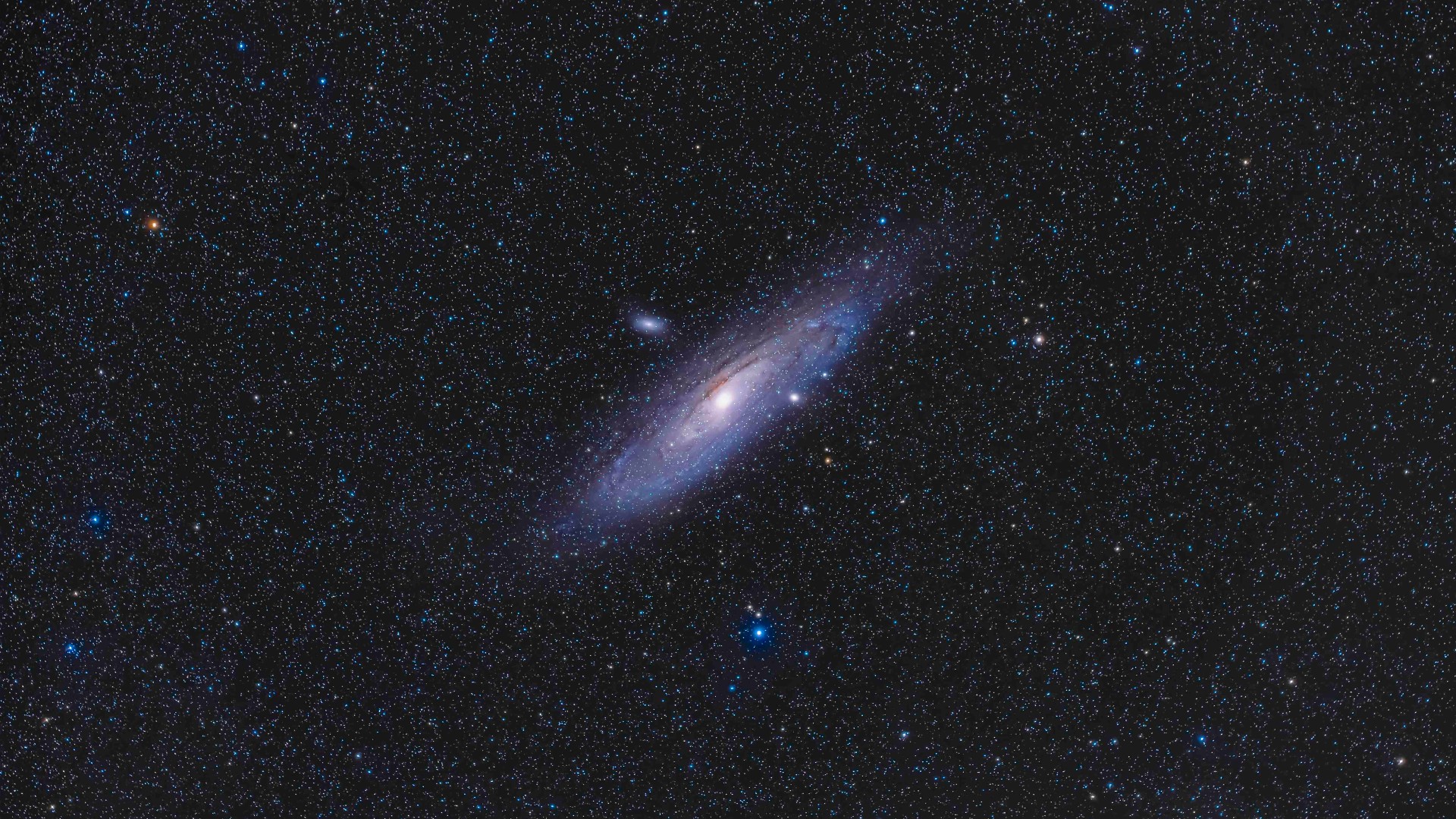
Our neighbor the Andromeda Galaxy shines overhead this week. Here's how to see it
By Joe Rao published
Located at a distance of 2.5 million light-years, the Andromeda Galaxy is readily visible to the unaided eye on dark, clear nights. Here's where you should look this week.
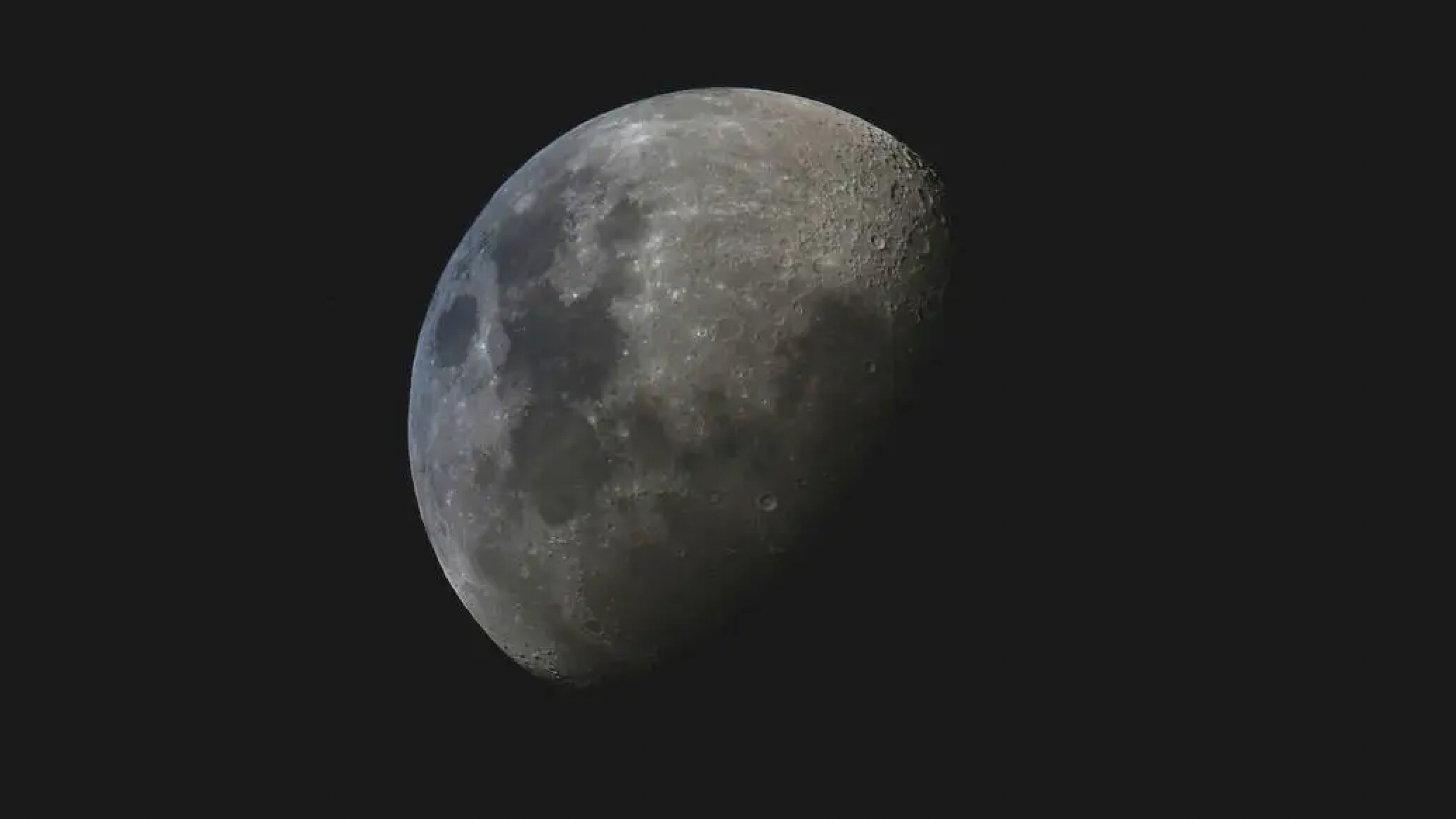
The moon, Saturn and Jupiter provide a Thanksgiving skywatching feast
By Joe Rao published
A waxing gibbous moon, Saturn and Jupiter make inviting targets for skywatchers this Thanksgiving.
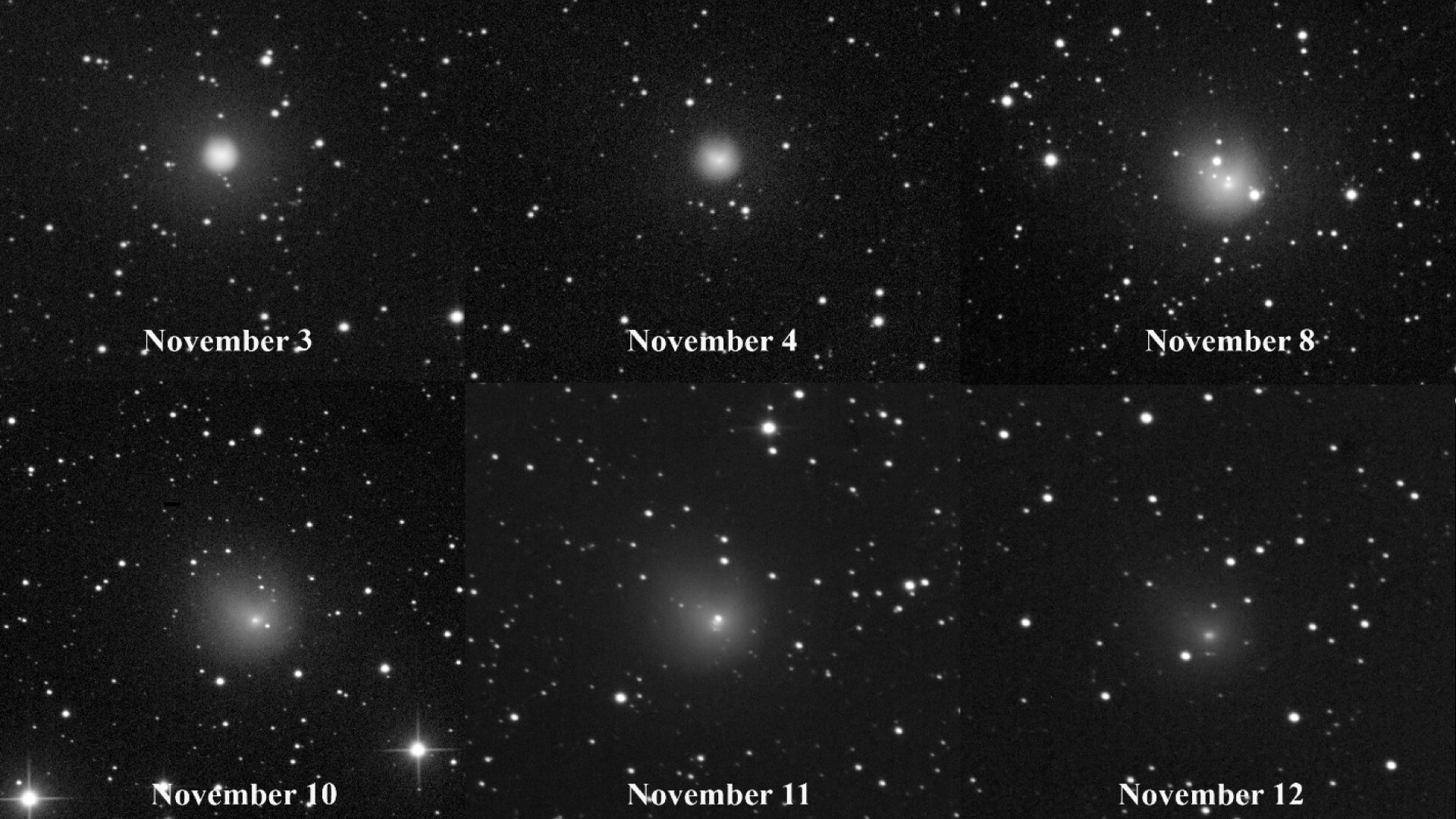
'Devil Comet' 12P/Pons-Brooks is approaching Earth. Why is it flaring up, 'horns' and all?
By Joe Rao published
The exact cause of 'Devil Comet' 12P/Pons-Brooks' flare-ups is unknown, though the best guess is that perhaps a fissure has developed on the comet's nucleus due to a build-up of gas.
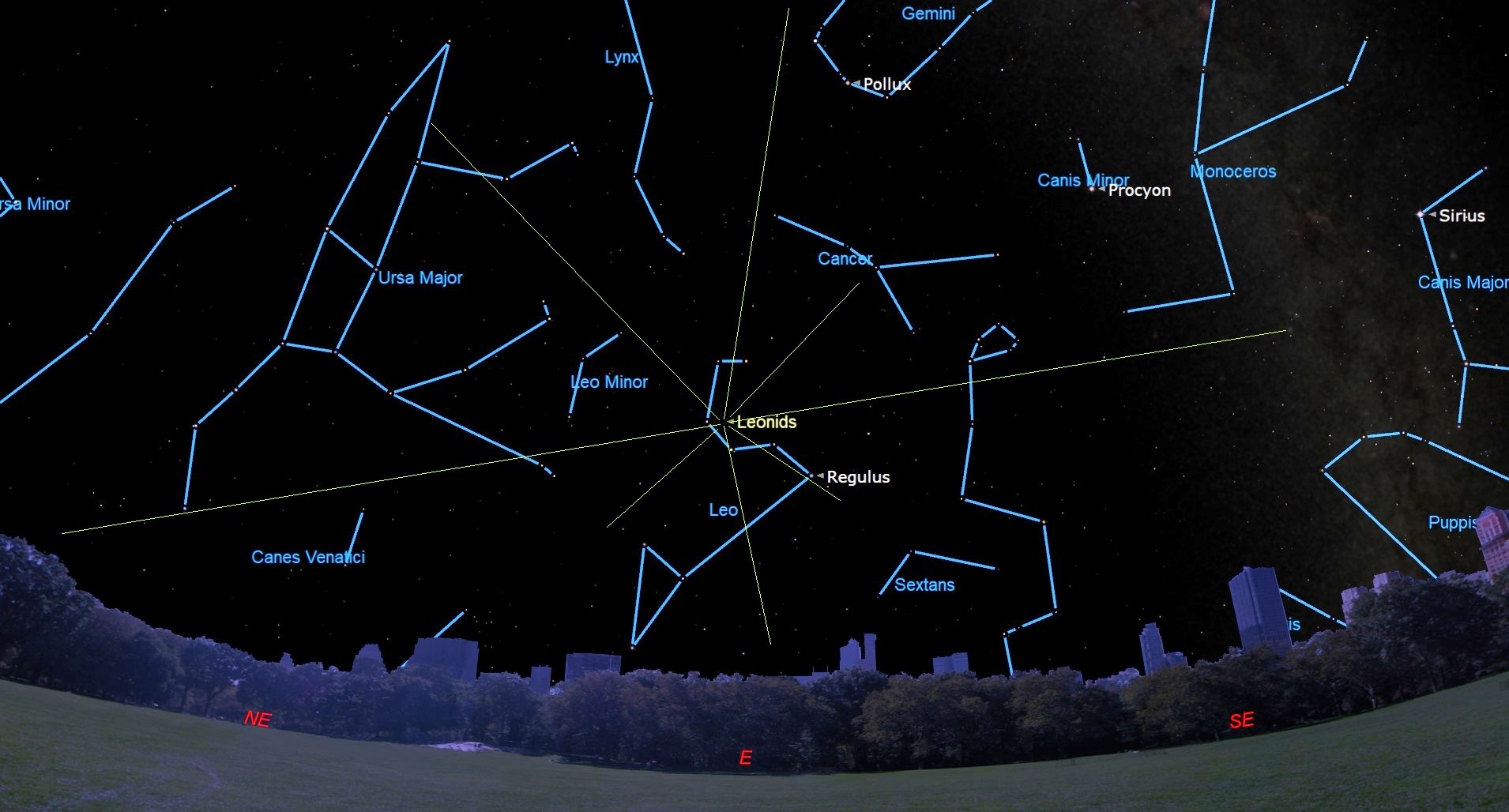
The Leonid meteor shower peaks today. Here's how to see it
By Joe Rao last updated
One of the most famous of the annual meteor showers will soon be reaching its maximum: The Leonids. These ultrafast meteors are due to reach their peak on Saturday morning (Nov. 18).
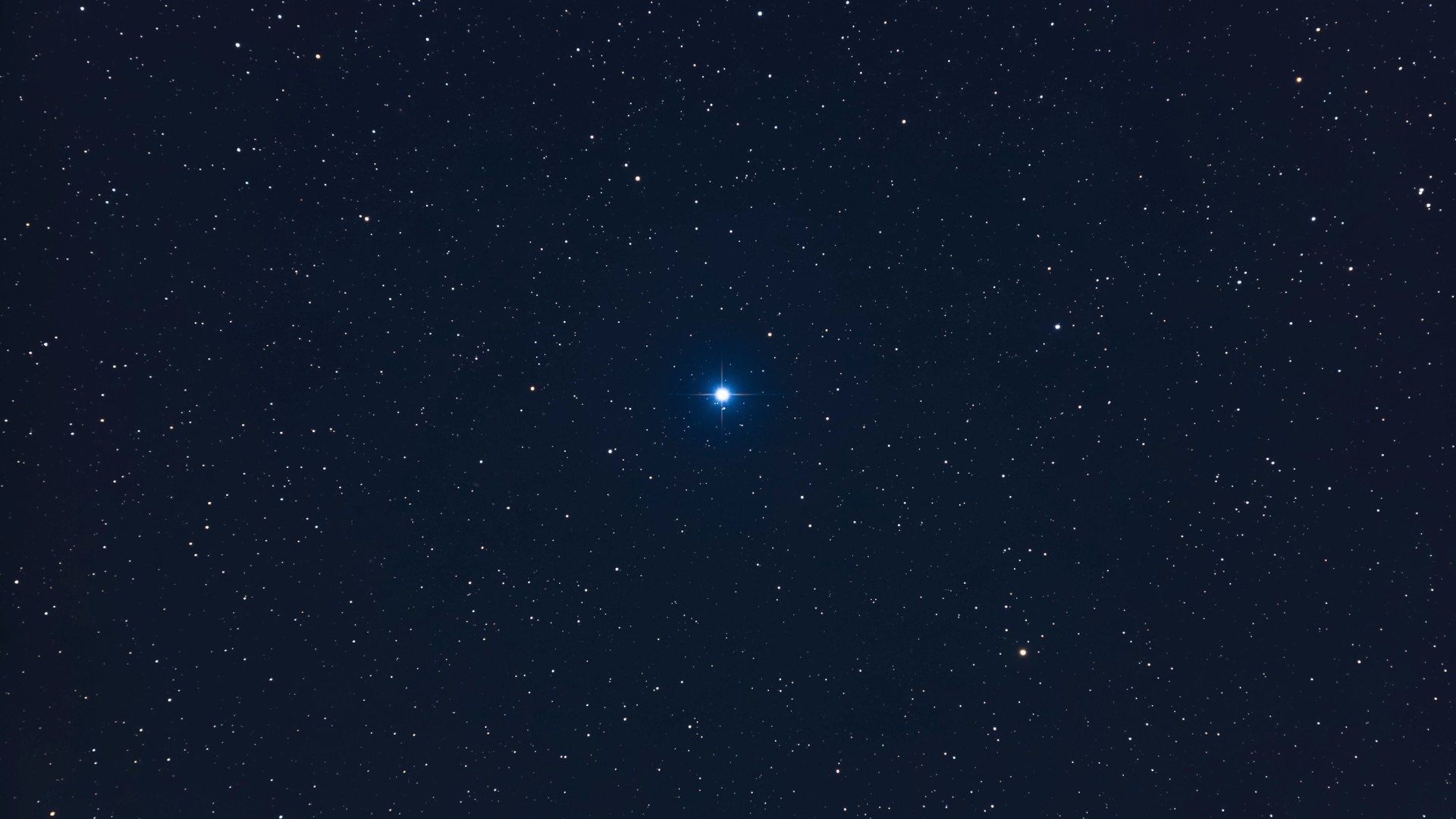
Watch Algol, the 'Demon star of Perseus,' get eclipsed by its stellar twin this week
By Joe Rao published
The "Demon Star" of Algol gets eclipsed this week by one of its stellar siblings. Here's what you need to know.

See bright Venus and the crescent moon light up the early morning sky on Nov. 9
By Joe Rao published
The two brightest objects in the night sky — dazzling Venus and a lovely waning crescent moon — will be the chief celestial attraction in the predawn sky on Thursday, Nov. 9.
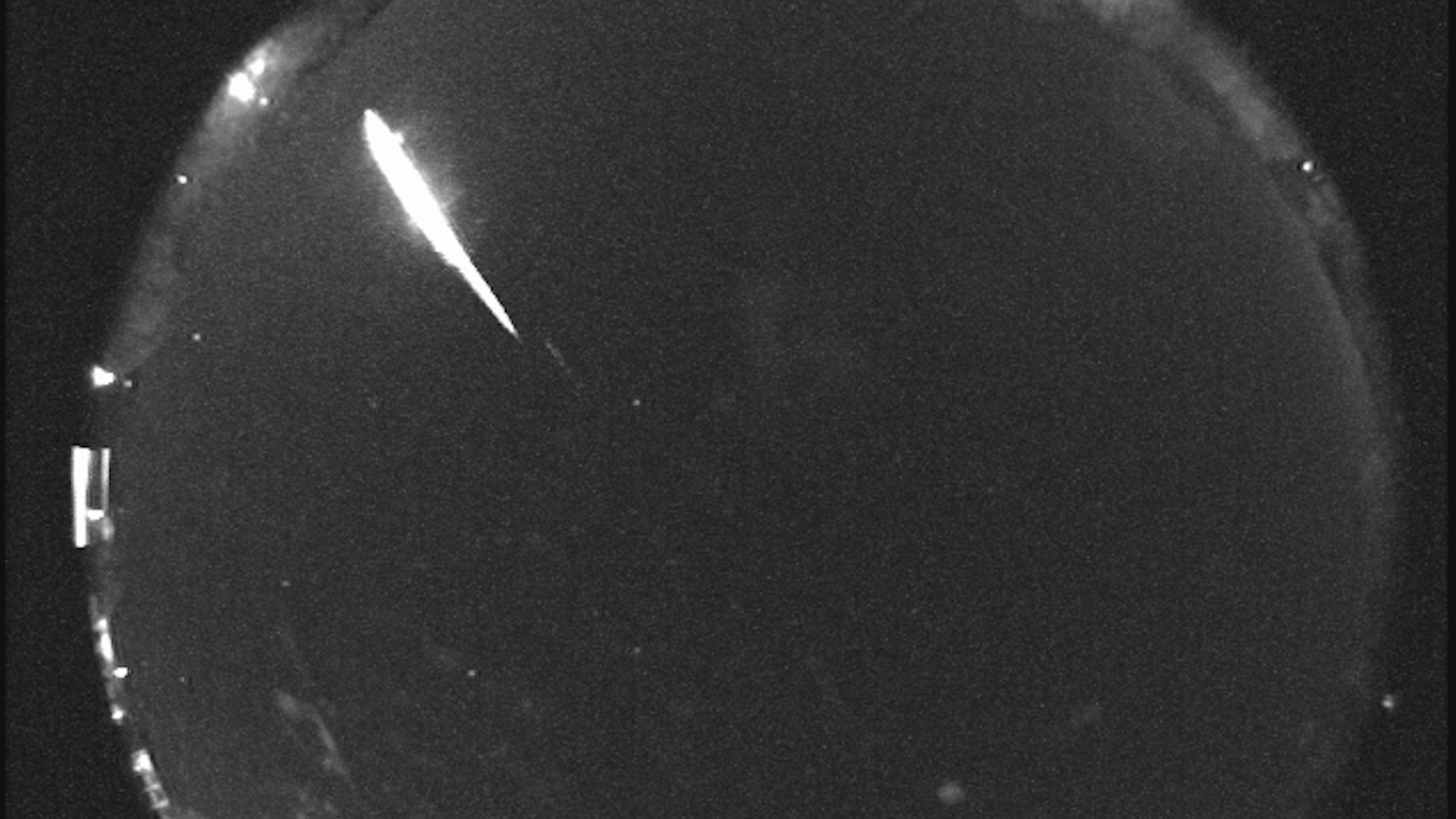
Look up! The Taurid meteor shower peaks next week
By Joe Rao published
If skies are clear during this upcoming week, be sure to take a few moments to gaze upward. You just might be lucky and catch a glimpse of a spectacular sky sight — a Taurid meteor.

The moon will match up with Jupiter on Oct. 28
By Joe Rao published
Jupiter will meet up with the moon on Oct. 28 in a stunning sky show. Then with a telescope, watch a moon's shadow on Jupiter on Oct. 29.
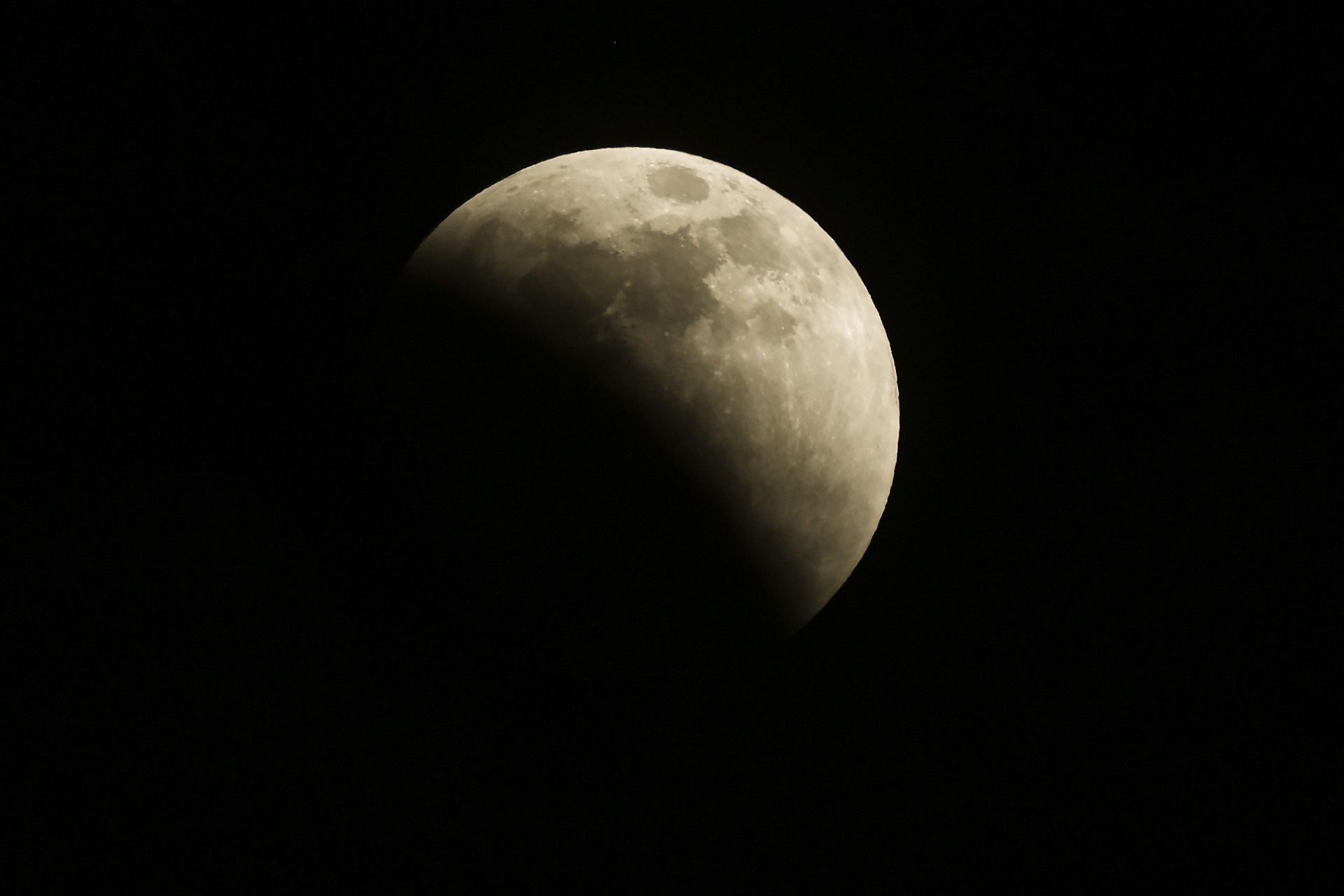
The Full Hunter's Moon experiences a partial lunar eclipse on Oct. 28. Here's what to expect
By Joe Rao published
Two weeks after casting its shadow across the Americas during an annular solar eclipse, the moon will swing around to skim through the northern edge of the Earth's own shadow on Saturday, Oct. 28.
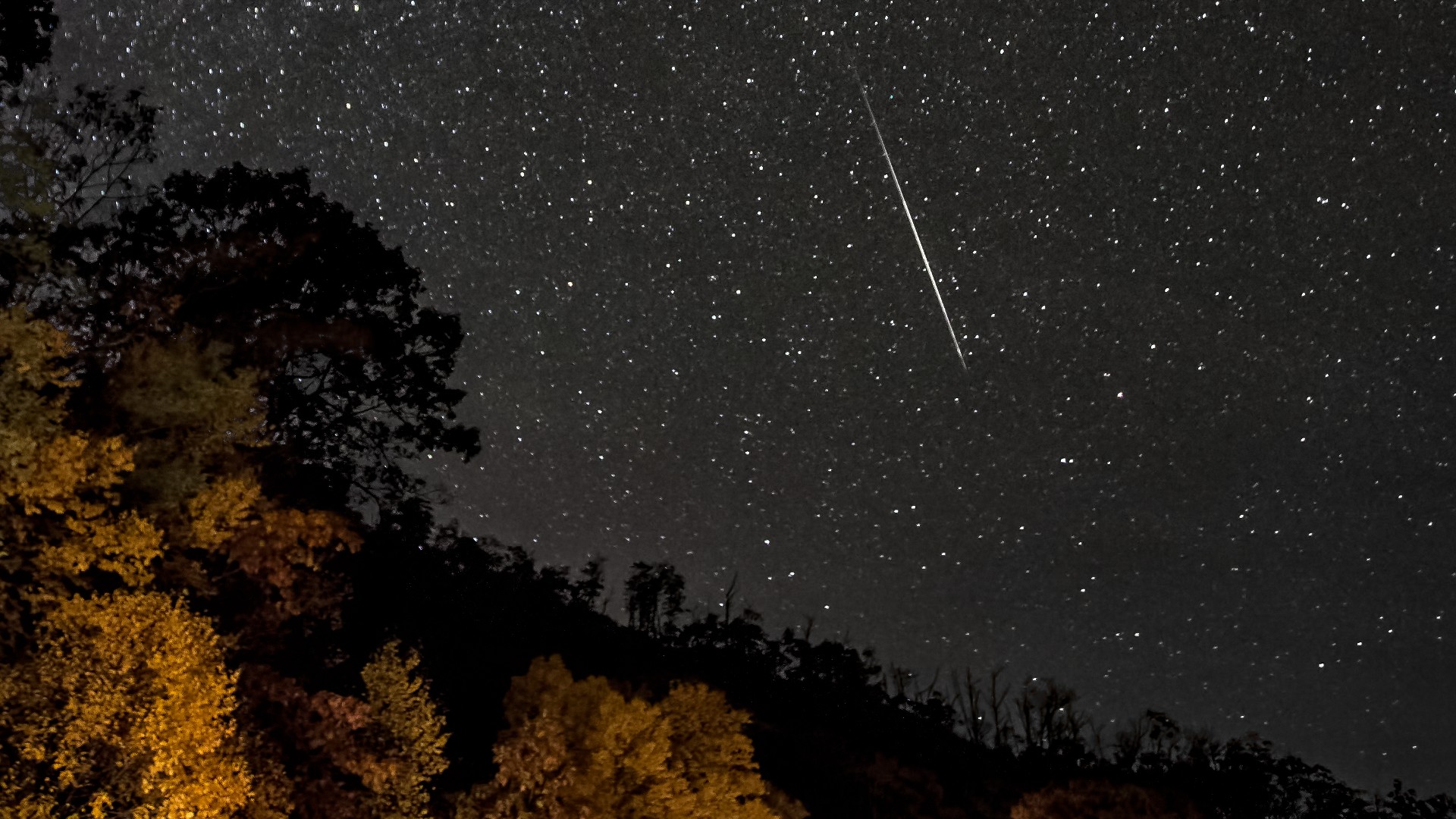
The Orionid meteor shower peaks this weekend. Here's how to see it
By Joe Rao published
During the third week of October, the meteor display spawned by the debris shed by Halley reaches its peak: The Orionid meteor shower.
Get the Space.com Newsletter
Breaking space news, the latest updates on rocket launches, skywatching events and more!
